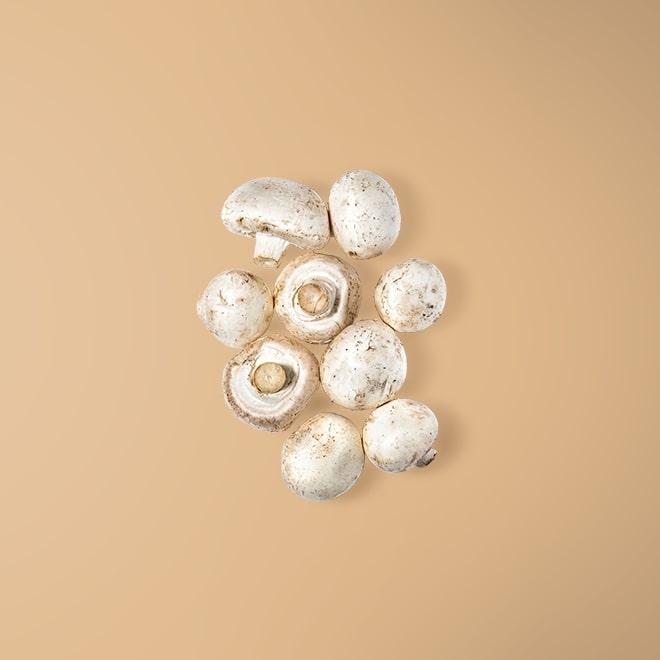Button Mushroom




Button mushrooms are young cultivated white mushrooms. If allowed to mature, button mushrooms become portobello mushrooms.
They are the most common of the thousands of varieties of mushrooms and the most readily available mushrooms on markets today.
They can be eaten raw, but many believe they are more flavorful when cooked.
Look for button mushrooms that are firm and evenly colored with tightly closed caps.
Avoid mushrooms that are broken, damaged, or have soft spots or a dark surface.
Fresh mushrooms should be stored at a cool temperature with plenty of ventilation.
Place them on a tray so that they don’t overlap, cover with a damp paper towel and refrigerate for up to 3 days.
For something a bit different, try pickling your mushrooms. Combine water, vinegar, pickling spice, garlic, salt, and red pepper flakes in a large pan. Bring to a boil and add mushrooms. Boil for 1.5 - 2 minutes, and then pour mushrooms and liquid into a jar. Store in the fridge for up to a month.
Button mushrooms were originally light brown. In 1926, a farmer in Pennsylvania found white mushrooms growing in his mushroom garden and consumers showed a preference for the white variety.
If the mushrooms are to be cooked whole, select mushrooms that are the same size to ensure they will cook evenly.
Before use, they should be wiped with a damp paper towel or, if necessary, rinsed with cold water and dried thoroughly.
Never soak mushrooms. They will absorb water and become mushy.
Bigger button mushrooms can be left whole and stuffed, to make an appetizer or side dish.
Button mushrooms are a strong source of antioxidants and can help protect the body from cancerous cells.
These mushrooms contain high amounts of copper which help produce blood cells.
Button mushrooms are also a good source of vitamins B, C, and D and the minerals potassium, iron, and magnesium.
Corrections or improvements? Email us at
content@sidechef.com